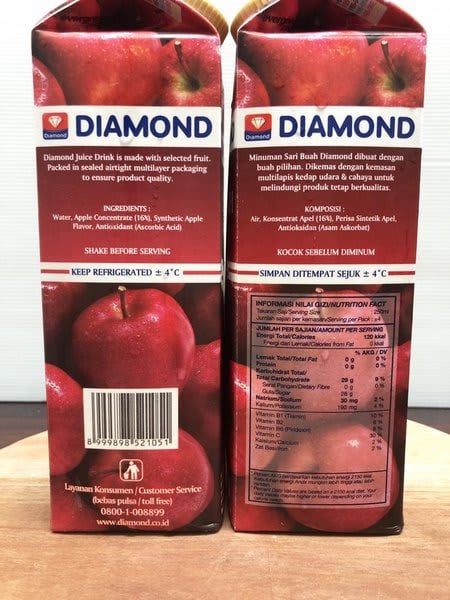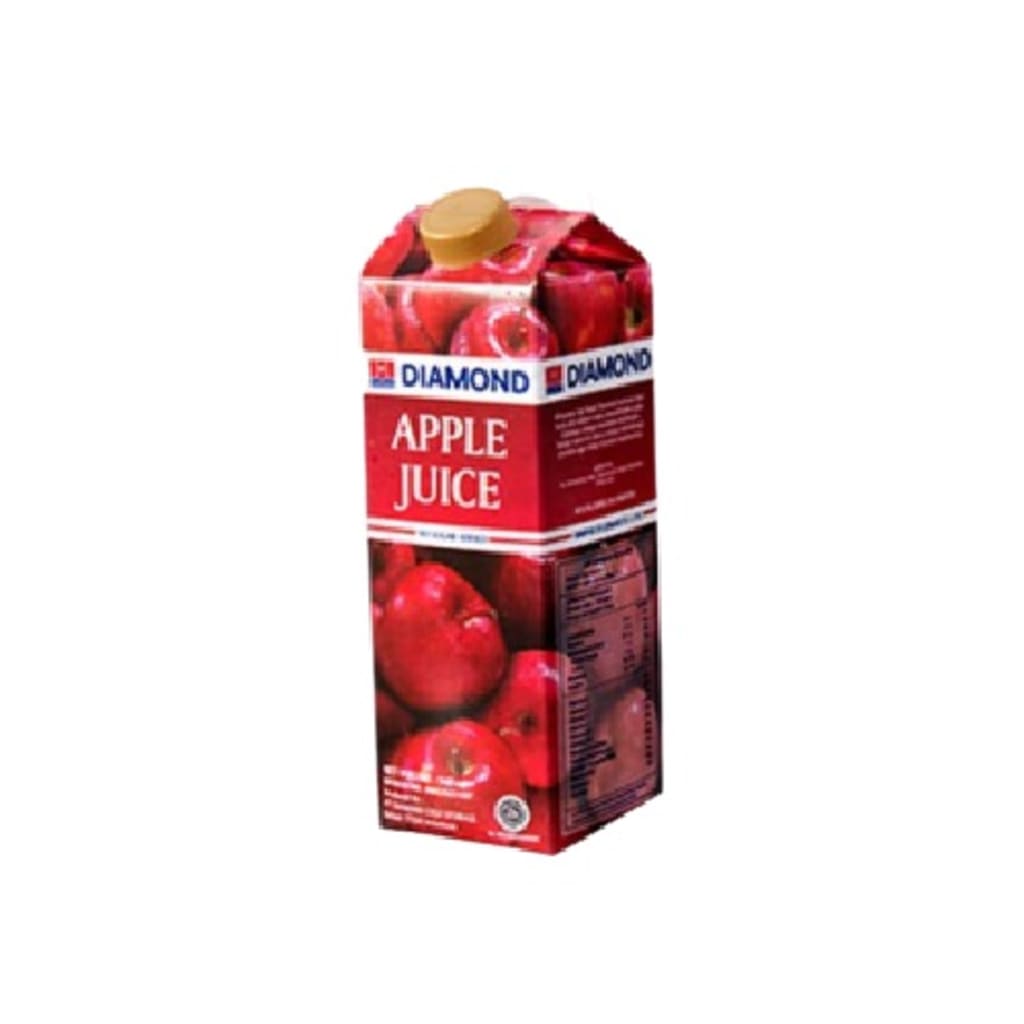
Artificial flavors and sweeteners are added to mimic the taste and appearance of fresh apple juice. Water is reintroduced to the powder to create commercial fruit juice. That is because the powder does not take up much space and weight during storage and transport. Most of the water content is then evaporated and dried up into a powder.ĭoing so allows manufacturers to create cheaper products. This process involves pressing the fruit to a pulp to extract its juice. Most apple juices sold in stores are made from concentrate. Overview of Commercial Apple Juice-Making However, do not make it a habit since this drink is predominantly made up of ingredients that can harm his health in the long run.įirst, let us take a quick look at how regular apple juice is made to get a rough idea of why it should not be given to your dog regularly. It is the official state beverage of New Hampshire.Can dogs drink apple juice? Your dog can drink store-bought apple juice on occasion.

They are unfiltered and unpasteurized form of beverages, obtained from apple juices. It is filtered and pasteurized form of liquid. It is not seasonal, available in all seasons. Here the particulates are suspended, the liquid is thick. Here the particulates are not suspended, the liquid is transparent. These are classified according to the type of seasons.Ĭomparison between Apple Juice and Apple Cider:

There are variations of apple ciders such as: Hot apple cider or mulled cider, Sparkling cider and Cider doughnuts. The unpasteurized form of apple cider is typically made from blends of several different apples to give a balanced taste. The juice is bottled and sold as apple cider afterwards. A hydraulic press then squeezes these layers together, and the juice is allowed to flow into the refrigerated tanks. Layers of this mash are then wrapped in a cloth and placed upon the wooden or plastic racks. They are prepared by washing, cutting, and grounding of apples into a mash, which has the consistency of applesauce. However, they can be frozen and preservedįor use throughout year. They are seasonally produced drinks of limited shelf life. They are sometimes opaque due to fine particles of apple suspensed in the liquid and sometimes tangier than conventional filtered apple juice, which depends on the apples used. It is an unfiltered, unsweetened, non-alcoholic beverage. Unlike most fruit juices, apple juices also contains a similar amount of sugar, but lacks in fiber contents.Īpple ciders are also called as sweet cider or soft cider.

They have higher concentrations of sugar. Apple juice has an antioxidant effect, which help in reducing developing cancer and Alzheimer's disease.Ī research suggests that apple juice increases acetylcholine in the brain, which improves memory. They have a significant concentration of natural phenols (of low molecular weights) along with chlorogenic acid, flavan-3-ols, and flavonols and procyanidins, which protects from diseases related to aging. Apple juices are rich in various minerals and nutrients, including boron, which promotes healthy bones. Vitamin C gets removed while processing.Īpple juices are commercially produced in the world by China, Poland, the United States, and Germany. The vitamin C content is also added in the juices for fortification and prevention of oxidation. The juice is f urther treated by dehydration processes to concentrate. The resulting expelled juice is then treated by enzymatic and centrifugal clarification, to remove the starch and pectin, as it holds the fine particulate in suspension. It is obtained by the maceration process, in which the apples are cut, softened and broken into small pieces with the help of liquids. An apple juice is a normal fruit juice, which is obtained by pressing the apples, whereas an apple cider is an unfiltered, unsweetened, non-alcoholic beverage.Īn apple juice is a nutritive fruit juice obtained commonly by pressing and crushing of apples. Key difference: The two liquids made from apples sound similar, but are different in their contents.


 0 kommentar(er)
0 kommentar(er)
